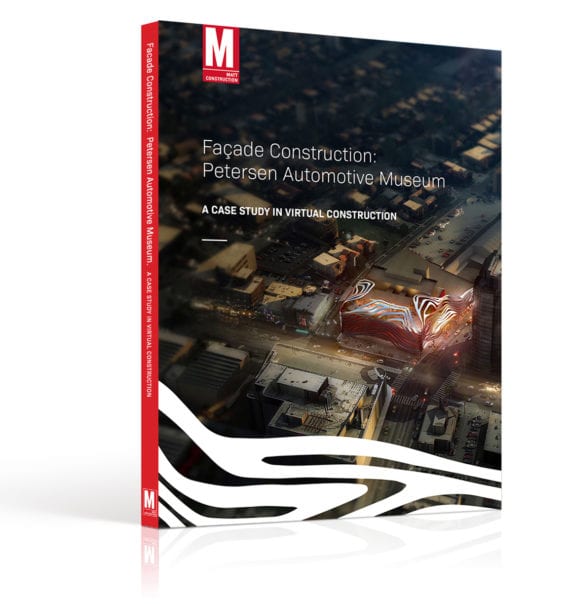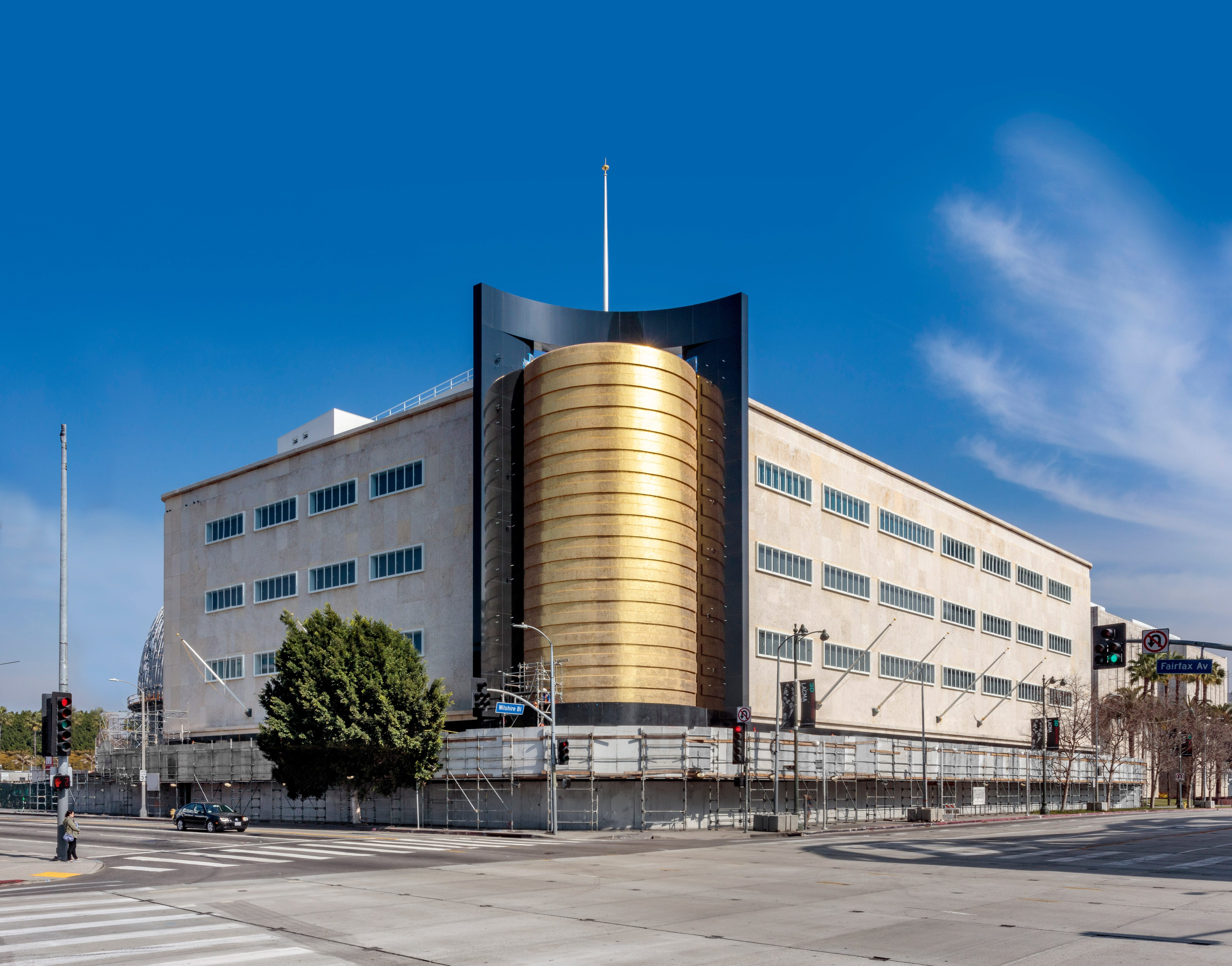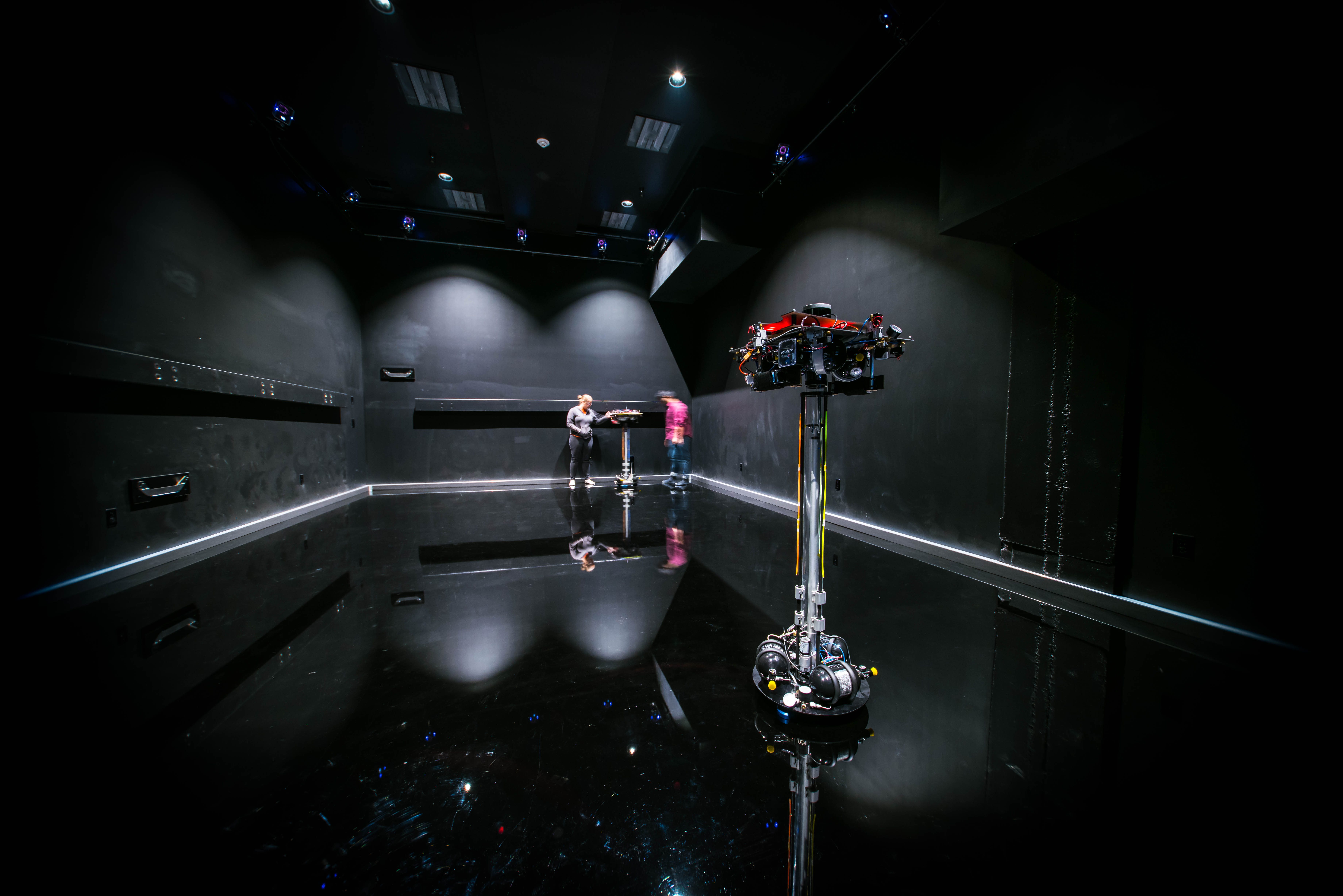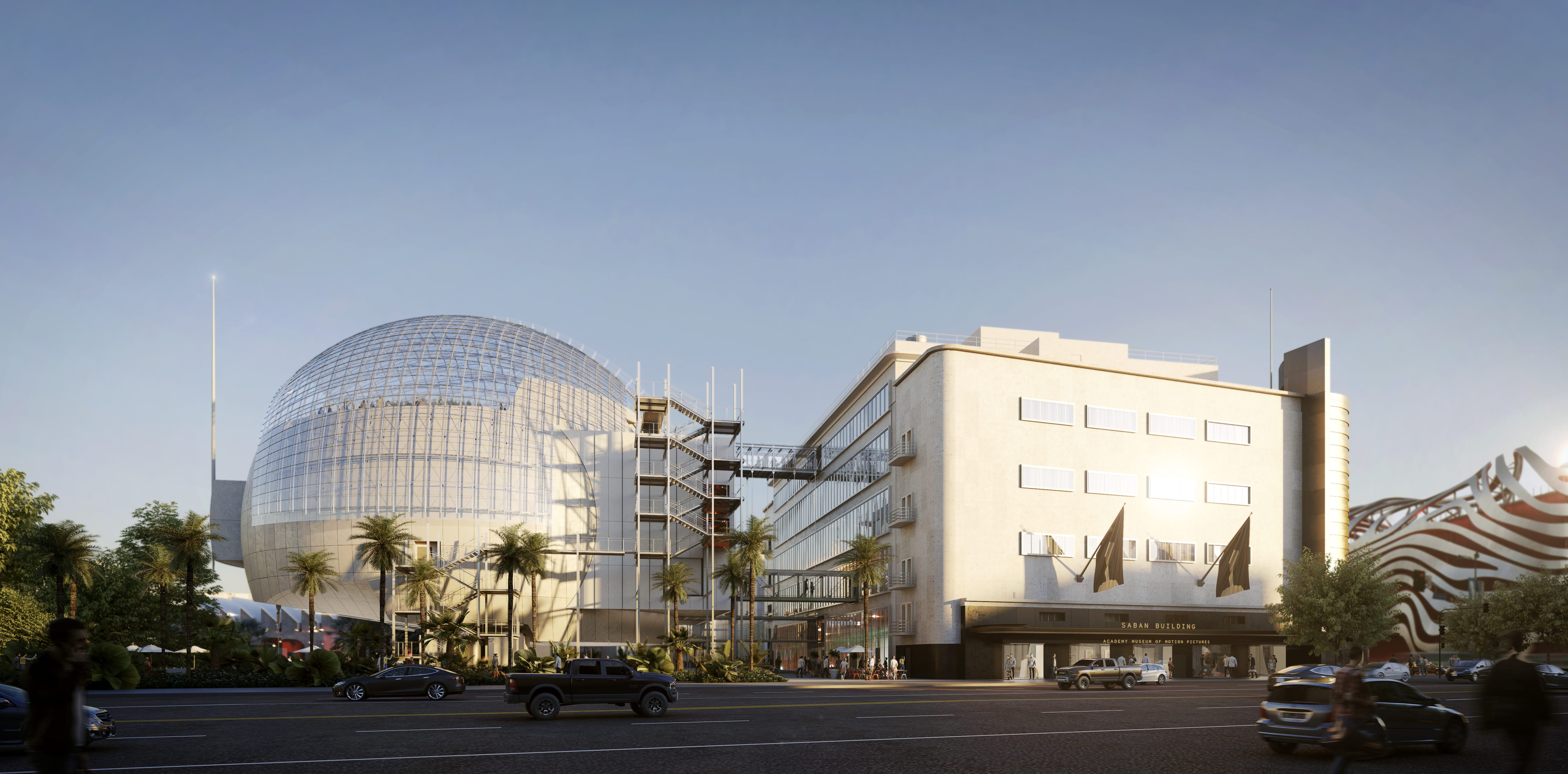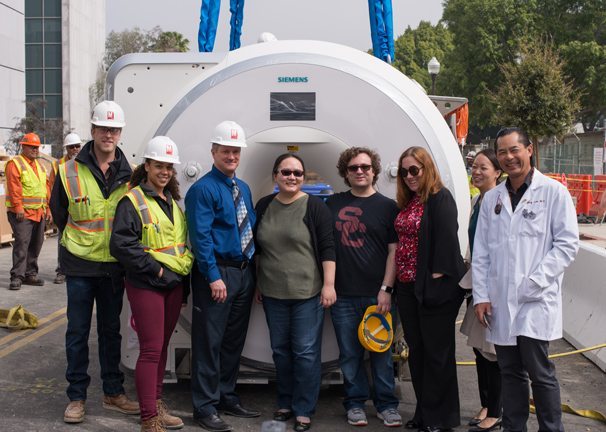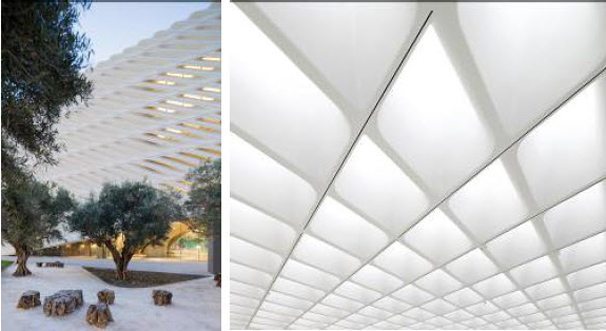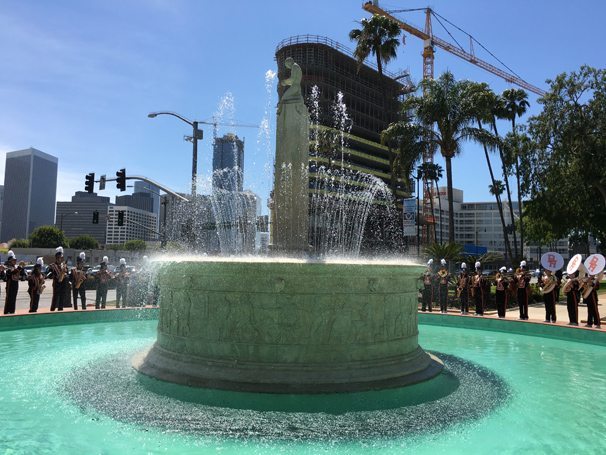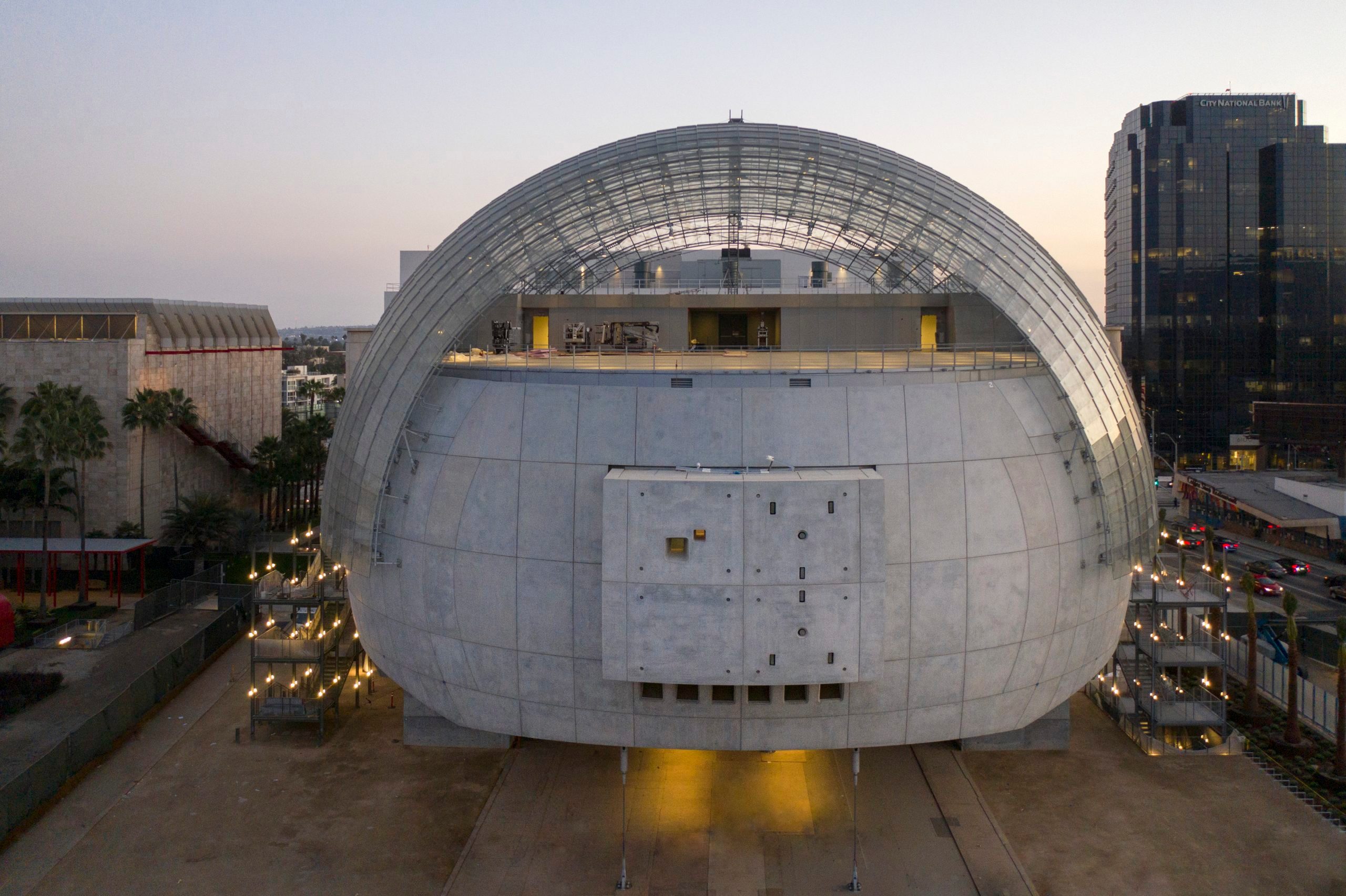
Photo credit: Nic Lehoux
Location
Los Angeles, CA
Owner
Academy of Motion Picture Arts and Sciences
Design Architect
Renzo Piano Building Workshop
ViewRadical Design for Academy Museum of Motion Pictures Benefits from Augmented Reality
MATT Construction's team used augmented reality glasses to build an enormous curved theater space for the Academy Museum of Motion Pictures
The world of museum construction pushes architectural boundaries as fiercely as any other field. Among the most daring designs of recent years, Renzo Piano Building Workshop’s vision for the Academy Museum of Motion Pictures stands out for its soon-to-be iconic features. Situated at Wilshire and Fairfax at the gateway to Museum Mile, the project is an eye-catching addition to the neighborhood skyline.
One of the most critical and exciting elements of construction was the use of augmented reality (AR). The museum’s new extension takes the shape of an enormous glass and concrete sphere, complete with a 1,000-seat, state-of-the-art theater that features a curved interior. In order to get accurate measurements to build the theater space inside, the framing contractor opted to use specialized AR glasses designed by Microsoft HoloLens and Spectar Technology.

Everything begins with building information modeling (BIM) technology and a variety of software, including 3D CAD and Revit compiled into Navisworks. The team uploads the model alongside a laser projector in the field to project control lines. After feeding the virtual model to the glasses, the framer can wear them at the jobsite, look at the actual walls and use the glasses to see where to locate the wall fasteners along control lines. (It’s not unlike The Terminator’s view of the world.)
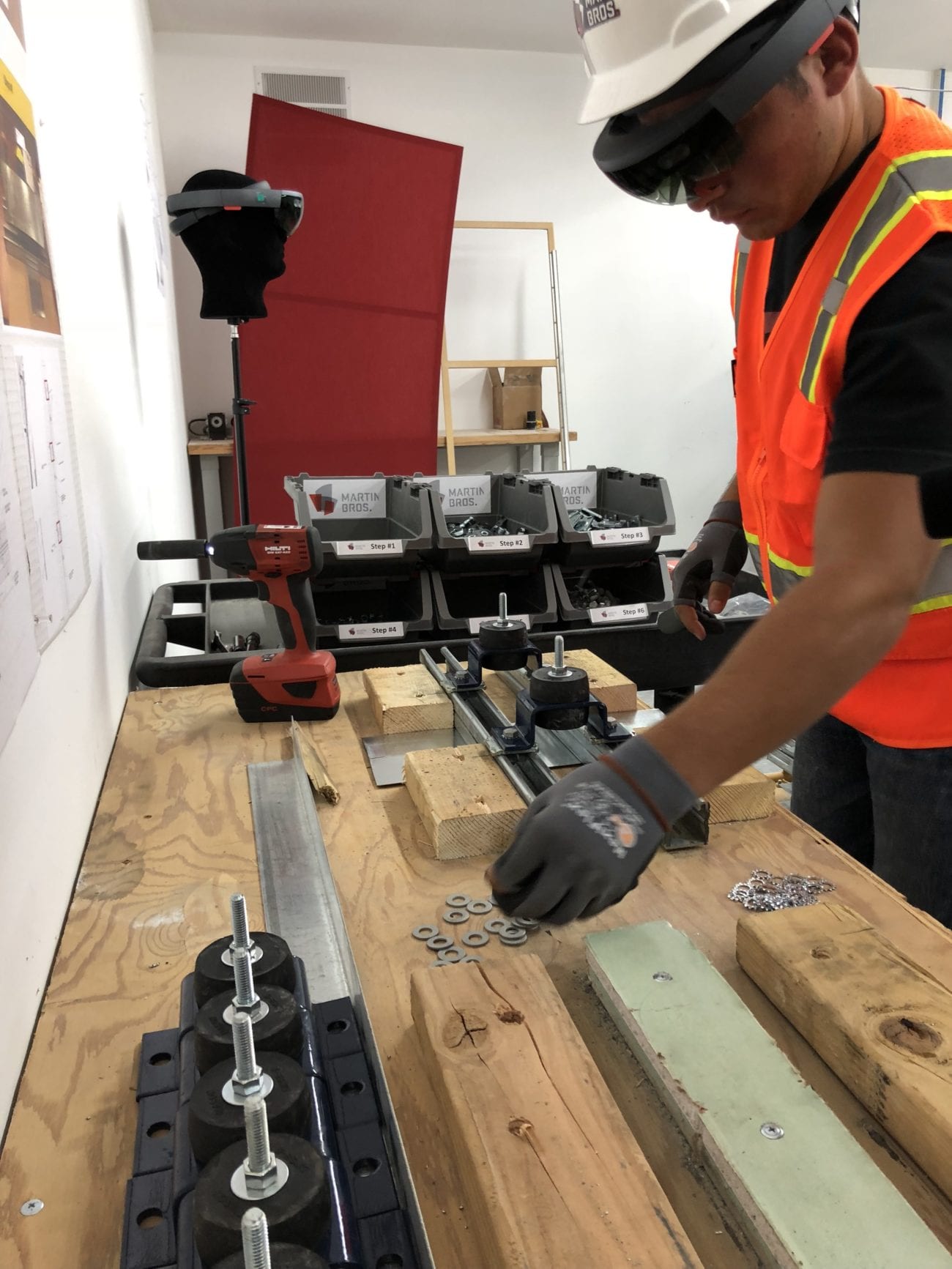
The spherical shape makes setting up useful lines extremely challenging, as each starting point will be different. With a regular building, it would be possible to use orthogonal grid lines and snap on the floor to measure. That’s nearly impossible in a sphere, as an infinite number of radii can be set up. In short, it would be more difficult and time-consuming and far less accurate. With so many different moving parts in play, accuracy is paramount. Every other trade goes off of framing. Not only the inner walls with their seating structure supports, but also perimeter walls and finishes (a ribbon system of stretch fabric and aluminum ribs) benefit from the precision of this AR tool. In addition, the speed and accuracy of the ceiling system installation benefited the electrical and fire sprinkler trades as well.
The interplay between novel architectural ventures and a shifting approach towards museum visitor experiences makes it more than likely that future designs will rely heavily on AR glasses. This kind of tool liberates construction from numerous constraints and saves time and money. Tomorrow’s museum landscape may itself be part-augmented reality, a guided tour through time in a curving, elegant space that reflects the core theme of any given exhibition.



